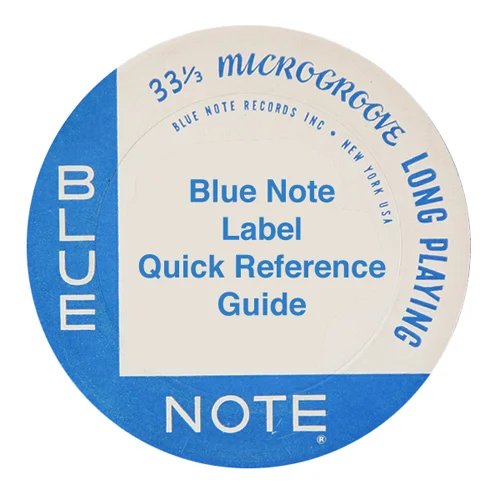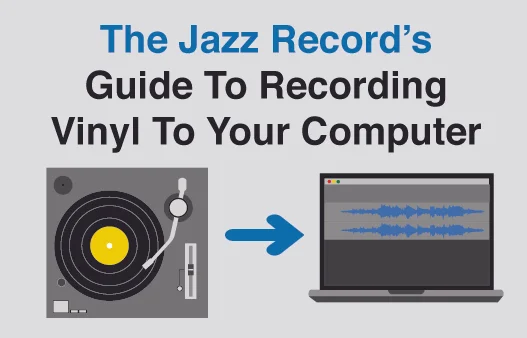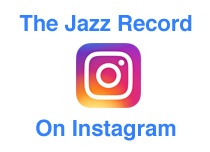Let's Get Together: Various Artists (Clifford Brown, Max Roach, Harold Land, et al) - "Jam Session"
/Various Artists • Jam Session • 1955 • Emarcy Records
Recorded October 14, 1954 in Los Angeles, CA
The Selections:
The Tracks:
A1. What Is This Thing Called Love
A2. Darn Than Dream
B1. Move
B2. Medley: My Funny Valentine / Don't Worry 'Bout Me / Bess, You Is My Woman Now / It Might As Well Be Spring
The Players:
Clifford Brown - Trumpet
Maynard Ferguson - Trumpet
Clark Terry - Trumpet
Harold Land - Tenor Sax
Herb Geller - Alto Sax (A1, B1, B2)
Richie Powell - Piano
Junior Mance - Piano (A1, B1, B2)
Keter Betts - Bass
George Morrow - Bass (A2)
Max Roach - Drums
Dinah Washington - Vocals (A2)
The Record:
Note: While this album was originally released simply under the title Jam Session, today it is often listed as part of Clifford Brown's discography either under his name or under a collective moniker as "Clifford Brown's All-Stars."
Clockwise From Top Left: Clifford Brown & Max Roach, Maynard Ferguson, Clark Terry and Harold Land
This fantastic 1955 LP came together as a result of a live recording date by the Clifford Brown/Max Roach Quintet which just happened to have Maynard Ferguson, Herb Geller, Clark Terry and Dinah Shore as members of the audience. Those folks and the quintet quickly decided to get together for an impromptu jazz session, at which point Emarcy booked a room and gave out free tickets to - as the liner notes put it - "jazz fans only." The gig produced two LPs: the first half of the show was released as Dinah Jams, while the second half gave us the LP we have here.
At the time of this recording, the Brown/Roach Quintet was making waves in the jazz world, with their "new" sound, one that would soon get dubbed hard bop and become the prominent style of choice among many now legendary jazz musicians. That original version of the group, with Harold Land on tenor, Richie Powell on Piano and George Morrow on bass were absolutely on fire, bursting with creativity and musical spirit. These very same qualities can be heard on Jam Session; the tunes are played with a joyous energy that is clearly infectious to all involved. Even the more down-tempo "Darn That Dream," the one track to feature Dinah Washington on vocals, sparkles under Land's opening solo before Washington comes in with her lover's lament.
The two standout tracks both clock in at nearly 15 minutes each: the opening "What Is This Thing Called Love" (a smoking version of which the Brown/Roach Quintet would later produce with Sonny Rollins on At Basin Street) and the now classic bop tune "Move" which the players take on at a blistering pace. Both sum up everything that was great about modern jazz in the mid-1950s, the kinship and interaction of the musicians stretching out together to produce music that was new, fresh and innovating.
The final track on the album is a laid-back eleven minute medley that is a showcase for solos by Powell, Terry, Geller and Brown. It's a nice finish to an album, with a "closing out the evening" feel to it, especially given the frenetic pace of "Move" directly preceding it. The medley shows that while these guys could blow with the best of them, their playing lacked none of the emotional impact that would become such a large part of the jazz idiom over the next decade.
A Quick Aside On The Great Clifford Brown:
In 1954 Clifford Brown was the rising star in jazz, his trumpet playing being hugely influential in bridging the styles of bop and hard bop. He tragically died in a car accident in 1956 (along with Richie Powell and his wife) just as his career was really taking off. Fortunately, he left us with quite a bit of recorded work, every note of which is worth hearing. Brown influenced just about every major trumpet player after him, including such legends as Lee Morgan, Donald Byrd and Freddie Hubbard. It is both impossible to imagine modern jazz without his influence, as well as to where his musical creativity would have taken him had his life not been so unfairly cut short.
The Vinyl:
The Details: An original deep-groove mono pressing on the blue EmArcy label featuring the "drummer" logo. We can place this as an original due to the logo predominantly inside the deep-groove marking rather than the majority of it outside that marking as would appear in later pressings (starting somewhere around 1956). EmArcy was started as a the jazz subsidiary label of Mercury Records (the name comes from the sound that the initials of the Mercury Record Company - MRC - make when spoken aloud). As it turns out, Jam Session was actually the third LP released by the label.
The Price: I scored this gem for a mere $5, no doubt due to the condition of both the cover and the vinyl. While the front and back of the cover are still in fine shape (no ringwear, with only some fading present), the top and bottom seam are split nearly two-thirds of the way. No big deal for me, I am never opposed to a little scotch tape to keep a vintage cover together, it's better than the whole thing falling apart. The vinyl is, to put it nicely, well-used, but why wouldn't it be? This is a fantastic album deserving of many spins, and in the 1950s and '60s those spins would not have been on anything approaching what we would consider to be "modern" hi-fi equipment. No matter, a thorough clean on the Okki-Nokki proved to bring it back to life, albeit with a fair amount of cracks and pops along the way.
The Sound: The playback isn't fantastic, due both to some groove wear giving off distortion at times and the less than desirable live recording techniques of the day. I checked out the quality of the digital version on Spotify, and while they cleaned up the tape hiss quite a bit, it still has that "old-timey" radio show feel to it, a characteristic that is pronounced on the vintage vinyl. Maybe not ideal for some, but it adds a certain charm to it in my book.
Final Thoughts:
Jam Session is reminiscent of the blowing sessions that became popular with jazz labels in the late 1950s, although the live setting adds a certain excitement to the proceedings. All the talented musicians throw their hat in with superb solos, and the longer track length gives everyone room to stretch out. I'm certainly glad that I came across this one, it's a truly great session that adds to my appreciation of everyone involved.












